SUMMARY
This is AI generated summarization, which may have errors. For context, always refer to the full article.

A week ago, a 7.8-magnitude earthquake hit Central Nepal, and one of the worst hit was its capital Kathmandu. As of May 4, the death toll has risen to 7,500. It pains me to hear such a heartbreaking news as Nepal is close to my heart. I am a Filipino and I, together with my friends, have visited Nepal only once for 4 days last December.
It was a brief visit, but I experienced the unforgettable goodness of the Nepalese people and the richness of the country’s history and culture. Such incredible experience has made me love this country.
One of the kindest people in the world
Let me start with the people. Among the 14 countries I have visited in Asia, I find that the Nepalese are the kindest, the most hospitable, and most down-to-earth.
One experience that I will not forget was when I was seated between a returning Nepali construction worker, and a typical middle-aged American woman on a Kathmandu-bound plane. The Nepali annoyed me at first as he kept on staring at me. Meanwhile, the American was just minding her own business. As the plane crew started distributing food, the Nepali ordered a soda from the stewardess and afterwards, he took out from his bag some cookies. As for the American, she was served a pre-ordered chicken curry.
As I was on a budget airline, only a few were served with food. The Nepali noticed I had nothing to eat, and perhaps, he pitied me. He extended his cookies, and said with a humble, inviting tone, “Cookie?”
He also pointed at his drink, and again with that inviting tone, he asked, “Soda?” I politely declined.
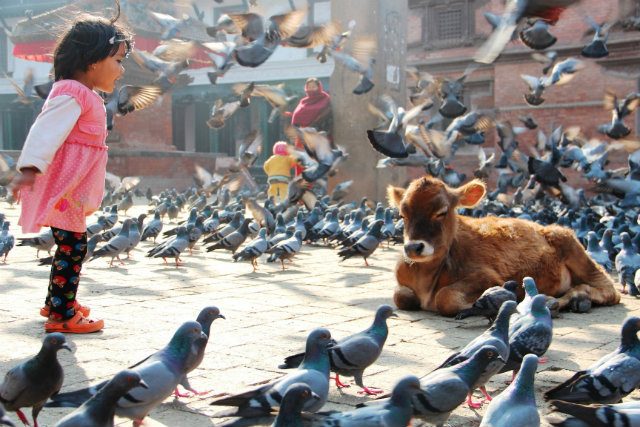
That kid was very humble and friendly. He saw no social or familial boundaries. He treated me like a friend or a member of his family that he even asked me to have a sip of his drink (something that I don’t do even with friends).
And as for the American, she finished her meal then read a book.
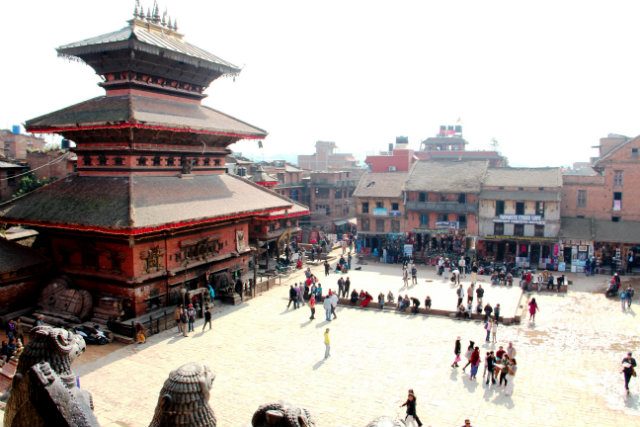
Another experience was with the taxi driver that brought me back to the airport. Similar to the Nepali on the plane, the taxi driver was also an overseas construction worker. Although his English was very limited, he spoke in the best possible way he could express himself. When he learned that I was from the Philippines, he called me, “puh-eh.”
I did not understand what he said, so he repeated it several times. “You are my friend, that’s why I call you ‘puh-eh‘.” He meant “pare,” which he learned from overseas Filipino workers (OFW).
Nepal’s rich culture and history
Now, let me go through the country’s impressive history, rich culture, and arts.
I often wondered how Nepal, sandwiched between India and China, survived the test of time. Nepal remains a sovereign state today. With a population 50 times smaller and a land area 20 times smaller than that of India or China, this landlocked country lives strong. I believe it is because it has had so much history and culture. They have a distinct identity – not purely Chinese, Tibetan or Indian.
Nepal’s also where Buddha was born (Lumbini). That means a native of Nepal indirectly established a world religion that has hundreds of millions of followers across Asia today, especially in China.
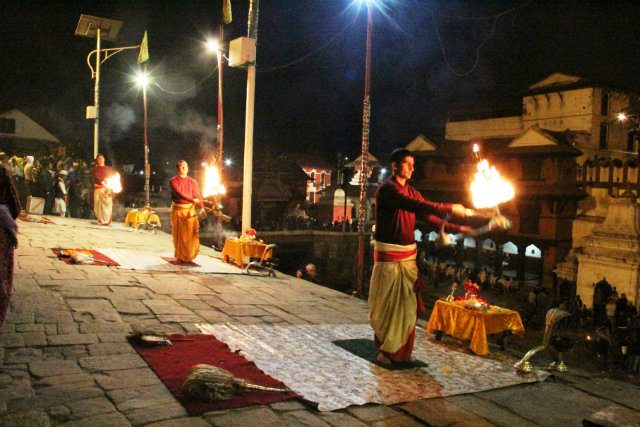
Moreover, Nepal was never colonized, occupied or invaded by any Western power, unlike China and India.
In the past, Nepal was a very powerful kingdom. It used to control large parts of what is now Tibet and Northern India, including the present-day Indian capital New Delhi and the major city of Lucknow.
Culture and the arts, too, have flourished, especially in the past when the three old kingdoms of the Kathmandu Valley – Bakthapur, Kantipur (Kathmandu), Lalitpur (Patan) – used to outdo each other in building temples and other structures.
Kathmandu: An underrated tourist city
Back to my trip, when I stepped out of my hotel room, I saw something interesting in every corner. The Kathmandu Valley (basically the “metro area” of Kathmandu) is actually a large living UNESCO world heritage site – at least where the listed monuments or areas are. There are 7 in the list of heritage sites found in the Kathmandu Valley: the three old kingdoms already mentioned; two Buddhist sites – Swayambhunath and Boudhanath stupas; and two Hindu sites – the Changu Nyaran and the Pashupatinath.
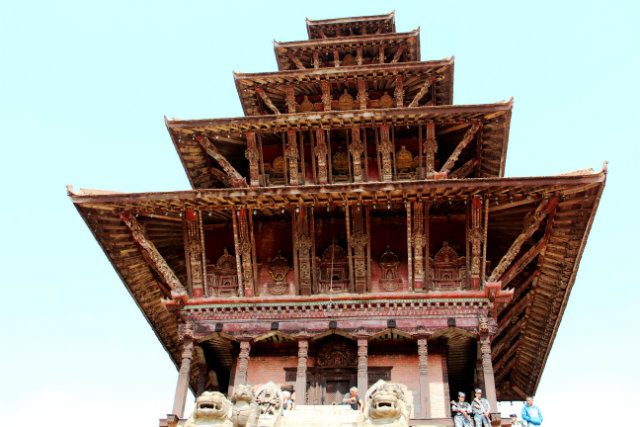
Among the ancient kingdoms, my favorite was Bakthapur as the structures and the sculptures were the most impressive and exquisite. In that ancient town, people still practiced traditional occupations like pottery, weaving, thangka painting, and woodcarving. They kept such traditions alive by passing them from one generation to another.
In Kantipur was a living Hindu child goddess who was the chosen one among young girls throughout the country. According to our guide, a girl to be revered as goddess should possess a number of traits and physical characteristics such as a clear complexion. Her goddess status ends during her first menstruation.
Pashupatinath was a very strange yet inviting Hindu temple complex. There, we met Bish, a very friendly guide, who was a disciple of a saddhu (holy person). The river, just like in most Hindu religious sites, was the main worship area of that complex. People were remorseful on one ghat, where bodies were cleansed and prepared for cremation. On the other ghat, people were rejoicing and dancing because there was a ceremony being held in honor of the Hindu god Shiva.
I thought it was grossly insensitive, but then I realized they shared a common religion and a common temple. Such a stark contrast, which was most striking when one would observe from the middle of the bridge.
At the saddhu‘s quarters, I learned a facet of what sacrifice really meant. It is a fact that a saddhu, at an early age, strips himself off of his wealth and privileges, and chooses to live a simple life enjoying only the most basic of necessities. At his quarters, I saw only the basics like a kettle, some wax, some herbs, and a painting of himself in his saddhu dress. Although he was living a simple life, he was quite popular in town. While we were there, a group of three local men were fawning over the saddhu. And we guessed it was because of his herbs. (You guess what.)
At Boudhanath, I felt a strange, out-of-this-world feeling while circling the large white stupa. I did not know whether it was the solemn acts of the Buddhists, the chants, the calm background music, or the sound of hundreds of flapping prayer flags hanging on several wires connected to the top of the stupa. The scene was captivating.
A reflection and a prayer
Among the 7 heritage sites, we failed to visit Patan and Changu Nyaran, mainly because there was a minor vehicular mishap that left us stranded for hours on the rocky and narrow highway back to Kathmandu (from Tibet). But visiting 5 was rather enough to experience the enchanting beauty of Nepal and its people. However, I feel that there’s something missing ,and something’s telling me that I should return someday.
There is so much to see like the cities of Pokhara, which is said to be a better experience than the capital, and Lumbini, the birthplace of Buddha. There are also a lot of natural wonders to see and experience like the rainforests in the south and the Himalayan mountain ranges (Annapurna, most especially) in the north for which Nepal is known worldwide.
Now, my heart and my soul are for Nepal. I wish I could do something other than praying for them. But as my resources are limited and my present stature in life prevent me to do so, I have nothing much to offer but this tribute and this prayer.
May God help and bless the good people of the beautiful country Nepal. – Rappler.com
Jose Luis General is a humanities graduate from Ateneo de Manila. He now studies law and works as a linguist-supervisor. He is fluent in English, Tagalog/Filipino, Bicol, and Spanish, and understands Portuguese, French, and Catalan. During his free time, he travels, climbs mountains, runs marathons, studies Romance languages, and reads non-fiction.
Add a comment
How does this make you feel?
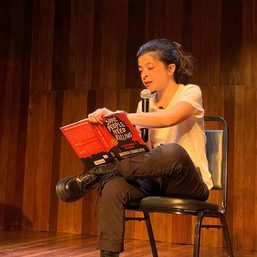


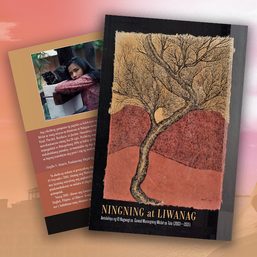

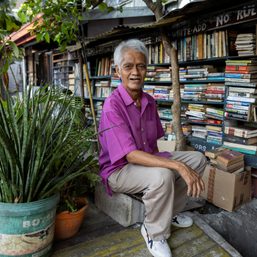
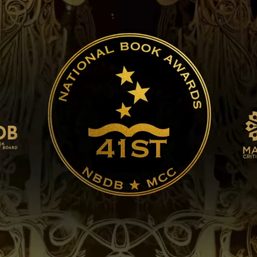



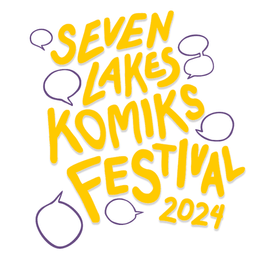
![[Ilonggo Notes] The foremost Filipino engraver, sadly unremembered, needs to be given his due](https://www.rappler.com/tachyon/2024/03/Figueroa-.jpg?resize=257%2C257&crop=265px%2C0px%2C720px%2C720px)

There are no comments yet. Add your comment to start the conversation.